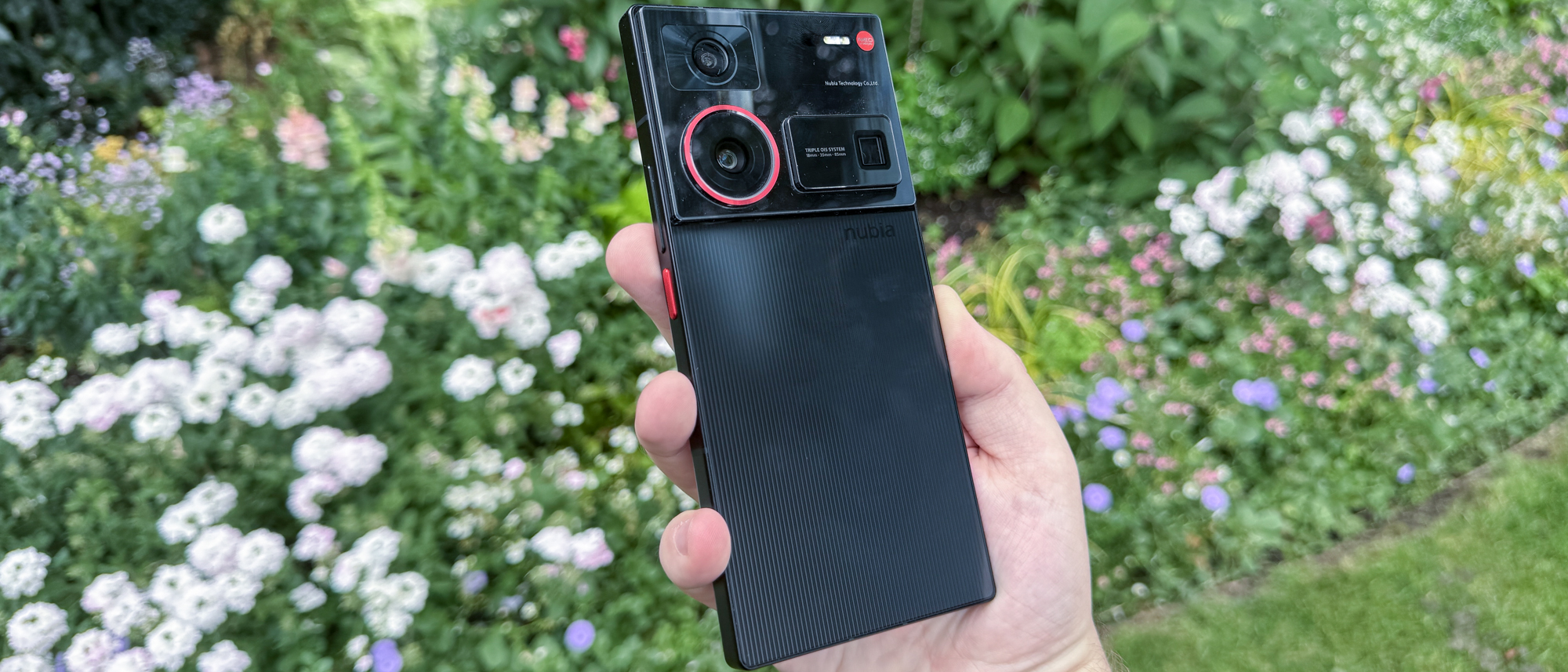Tom's Guide Verdict
Despite being an "ultra," the Nubia Z60 Ultra Leading Version is actually cheaper than most basic flagship phones, even though it comes with the latest chipset, a huge battery and a big display along with some hi-res camera hardware. But it's not as well-rounded as the competition, especially when it comes to its software and capturing colors in its photos.
Pros
- +
Enormous battery
- +
Bright and detailed photography
- +
Great value even when specced with max storage
- +
Top-flight chipset
Cons
- -
Weak color in images
- -
Under-display camera remains low-quality
- -
Software still undercooked, with limited updates
Why you can trust Tom's Guide
The Nubia Z60 Ultra Leading Version's mouthful of a name is worth remembering, as it's a novel attempt to crack the flagship phone establishment. The original Z60 Ultra launched earlier this year, but this updated edition is here to remind us why Samsung and Google dominate.
Leading Version refers to the Nubia's main upgrade — a Snapdragon 8 Gen 3 Leading Version chip, which is the most powerful chip currently available to Android phones. Nubia rounds out the package with a huge battery, some imposing cameras and a head-turningly low price.
But with tough competition that can beat the Nubia on certain sides of photography (especially for selfies) and on software quality, this isn't a must-buy phone for users wanting the best Android phones for the least amount of money.
Instead, it's more of a specialized pick for performance-minded buyers who don't mind a drastically different look for their phone and their photos. And you'll see why when you read this Nubia Z60 Ultra Leading Version review in full.
Nubia Z60 Ultra Leading Version review: specs
| Row 0 - Cell 0 | Nubia Z60 Ultra Leading Version |
| Starting price | $649/£649 |
| Display | 6.8-inch OLED (2,480 x 1,116), 120Hz |
| Rear cameras | 50MP main, 50MP ultrawide, 64MP 2.4x telephoto |
| Front camera | 12MP under-display selfie |
| Chipset | Snapdragon 8 Gen 3 Leading Version |
| RAM | 8GB, 12GB, 16GB |
| Storage | 256GB, 512GB, 1TB |
| Battery | 6,000 mAh |
| Charging | 80W wired |
| Software | Android 14 with MyOS 14.0 |
| Size | 163.9 x 76.35 x 8.78 mm (6.45 x 3.00 x 0.35 inches) |
| Weight | 245 grams / 8.64 ounces |
| Dust/water resistance | IP68 |
| Colors | Black, Silver |
Nubia Z60 Ultra Leading Version review: price and availability
The Nubia Z60 Ultra Leading Version is on sale now from $649/£649 for the basic 8GB RAM/256GB storage version. If that's not enough memory for your needs, you can instead spend $699/£729 for 12GB/256GB, $779/£829 for 16GB/512GB, and finally $879/£929 for the maximum amount of 16GB RAM and 1TB storage.
In its standard guise, the Z60 Ultra Leading Version is surprisingly cheap, offering similar or better specs than Android flagship phones such as the Google Pixel 9 or Samsung Galaxy S24 but for nearly 100 bucks less.
Even the larger memory variants are priced to come in under the top-tier flagship phones like the Galaxy S24 Ultra or Pixel 9 Pro XL, an obvious benefit for the value-minded buyer.
Nubia Z60 Ultra Leading Version review: design and display
Nubia appears to have taken this year's flat-sided phone design trend to an extreme with the Z60 Ultra, giving it a slab-like design with sharp corners and decorations everywhere. That includes the huge rear camera block (featuring not one but two further protrusions for extra camera lens room) that loves to catch on your pants pocket as you put the phone away.
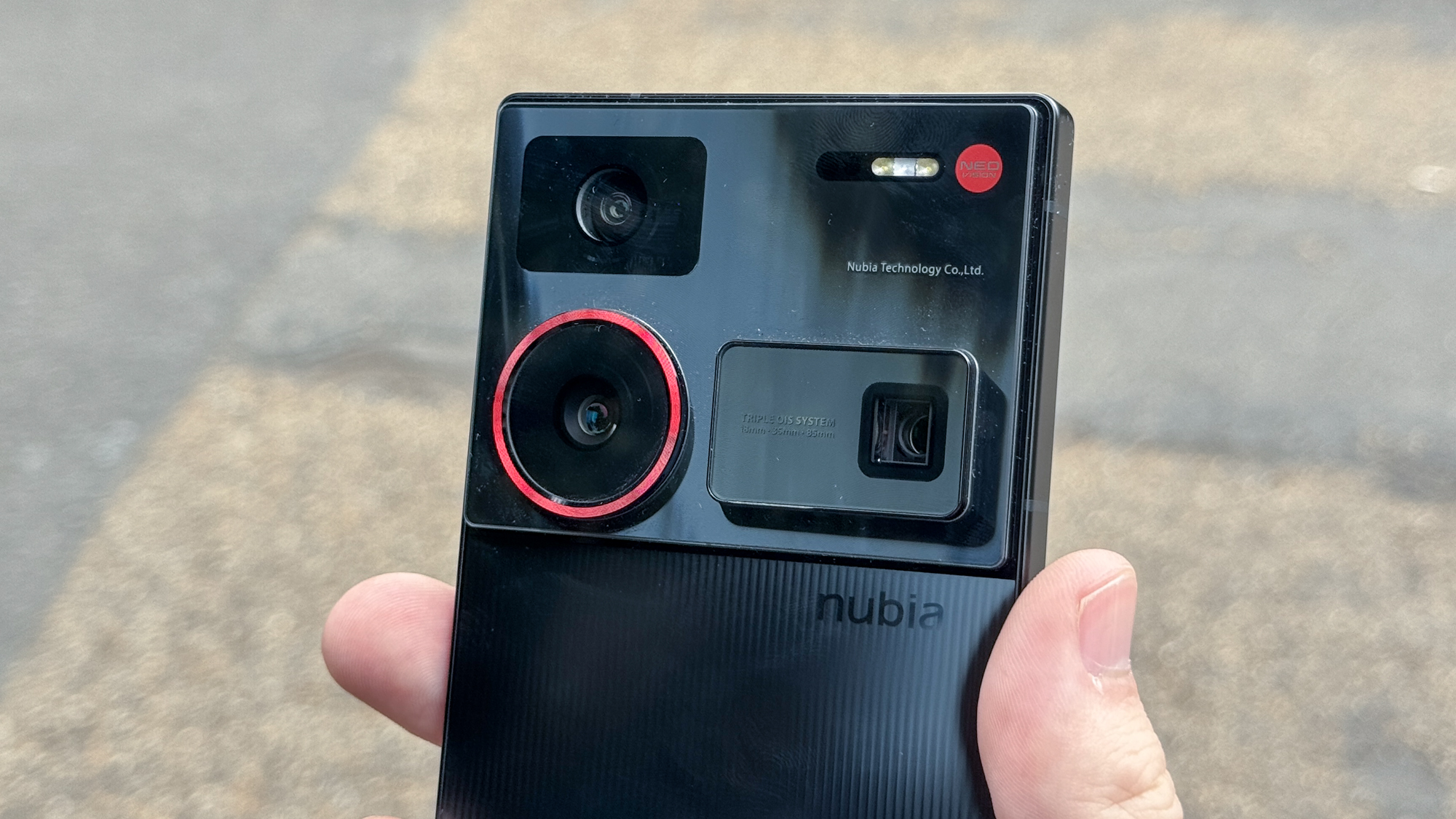
There are two colors on offer, and neither one is particularly subtle despite their plain black and silver base colors. The white version has a marbled design, but with the top third of the phone still colored black, which makes for an odd contrast.
The all-black model I tested looks far more cohesive, and the striped pattern is neater-looking even if it's still quite eye-catching. The unusual details don't stop there.
One is the Custom Sliding Shortcut button, a slider that quickly opens the camera by default, but can be assigned to activate/deactivate other common features like the flashlight or silent mode. It's not as slick as the iPhone 15 Pro's Action button, nor a versatile, but it can be just as useful.
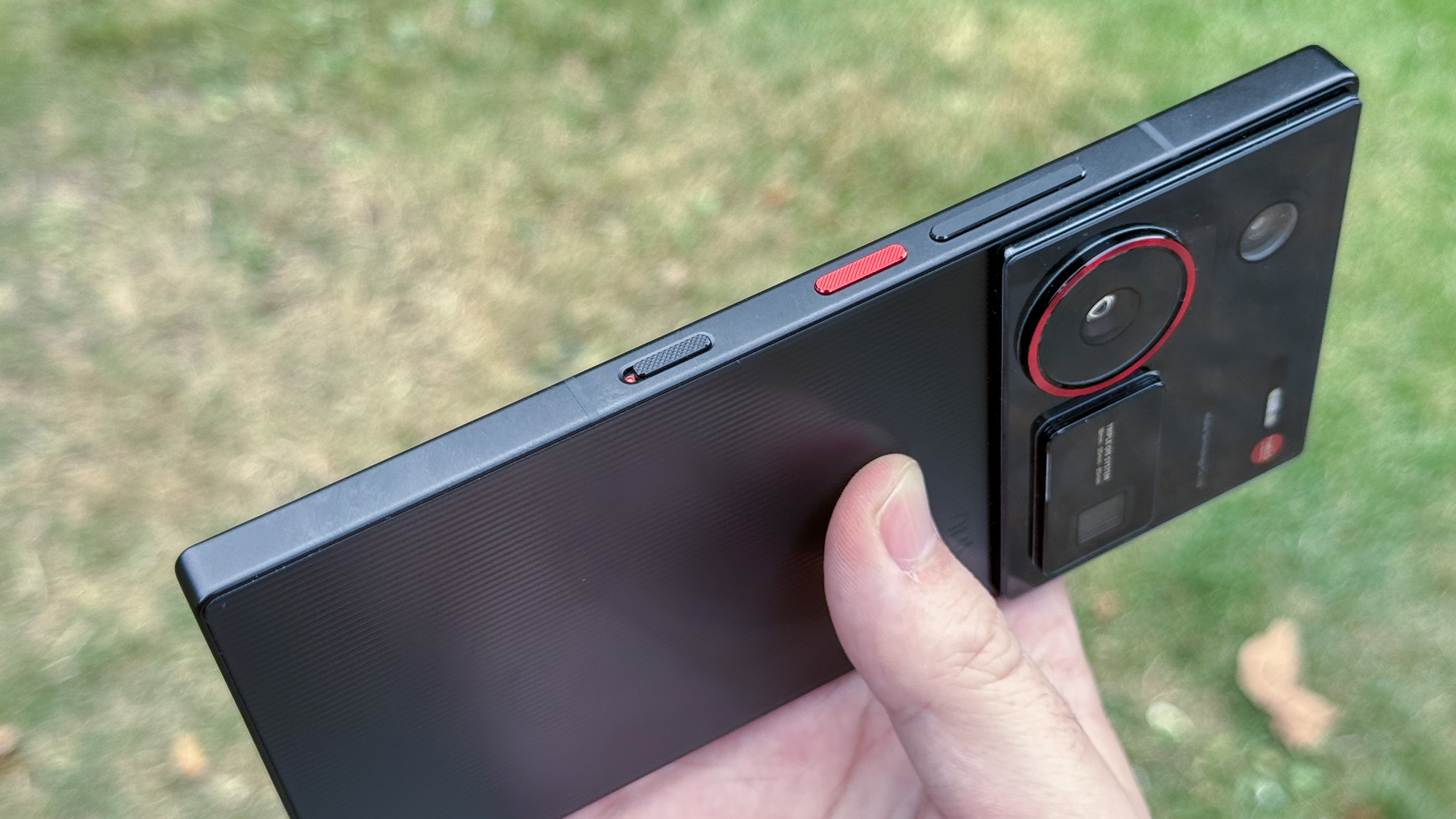
There's also an IR blaster on the phone's top edge for activating devices that use traditional remote controls as well. And beneath the screen you'll find an under-display camera, apparently the sixth-generation of such a component. It's near-impossible to spot unless you very deliberately shine bright light on it, meaning that most of the time you get a true flawless display experience.
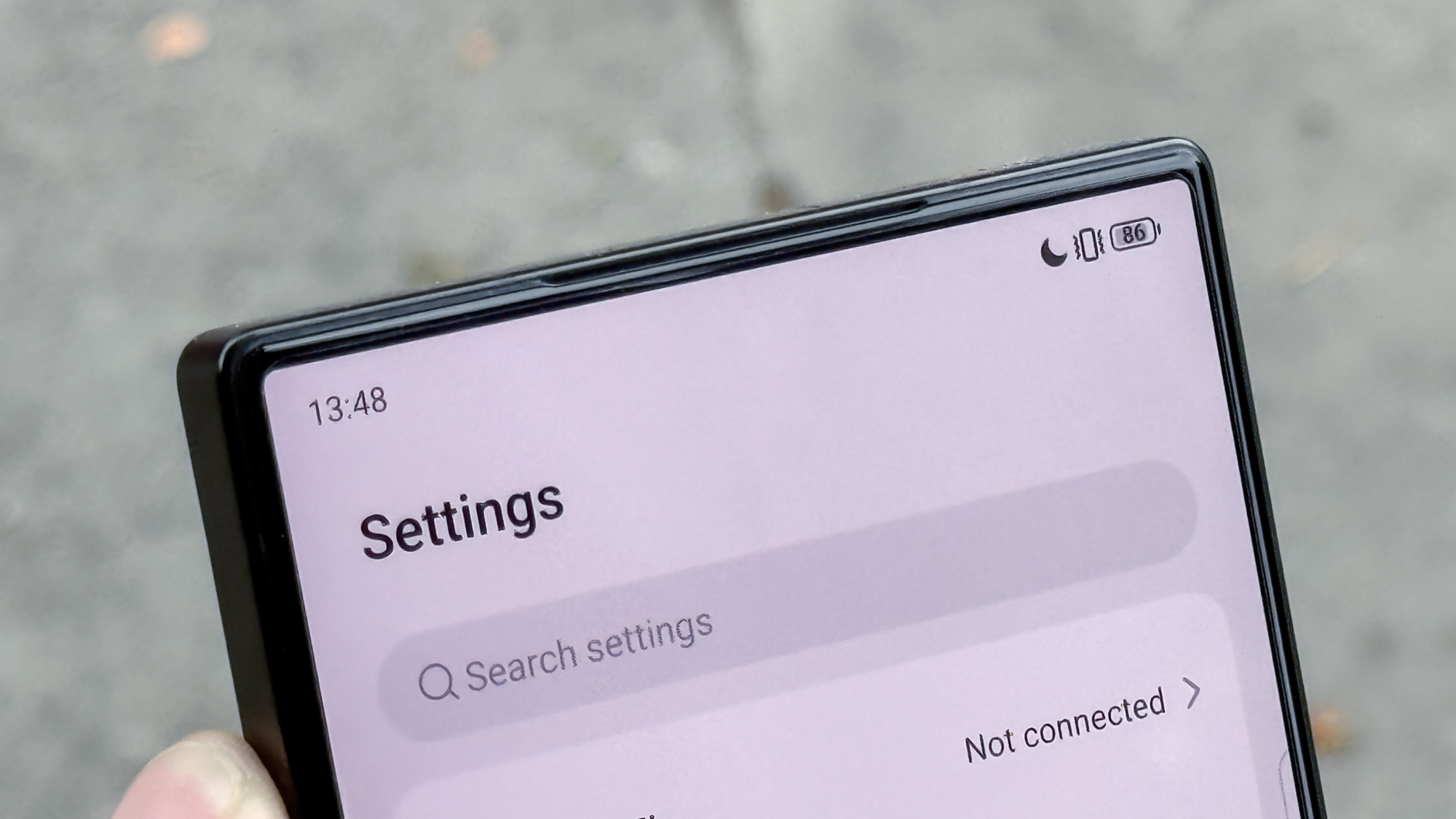
The actual display covering this camera is an impressive one — a 6.8-inch AMOLED panel with a 120Hz refresh rate, and a 1,500-nit rated brightness that would put it between the Galaxy S24 Ultra and Pixel 9 Pro XL's brightness levels. The Z60's screen also features 2160Hz PWM dimming, which, in theory, helps reduce eye strain if you're frequently staring at the screen.
One area where this display stumbles is resolution. The 1116 pixels-wide screen is higher than the 1080 required for FHD, but lower than the 1440p needed for QHD, the effective standard for flagship-grade displays.
Nubia Z60 Ultra Leading Version review: cameras
There are no alterations between the cameras of the original Nubia Z60 Ultra and the new Leading Version we have to test here. And that's completely okay, since the specs were already impressive.
The Z60 Ultra Leading Version carries 50MP main and ultrawide cameras, a 64MP telephoto camera with 2.4x optical zoom and a 12MP under-display camera on the front.
For our first comparison, we have a hanging basket of flowers, taken with our second phone, Galaxy S24, a device similar in price to the Nubia despite it not being an Ultra model itself.
The Nubia's image is quite a bit darker, and also has a noticeably different magnification compared to the S24, despite me standing in the same spot for both photos. However, its detail level is just as good as the Samsung.
A severe color difference can be seen if you look at the comparison of the Underground platform sign taken by the Z60 and the Google Pixel 9 Pro XL. The Pro XL's here standing in for the Pixel 9, another phone roughly as expensive as the Nubia that uses the same main camera as its Pro siblings. There's a lot less color in the Nubia photo, though you do have a little more definition in elements like the brick walls.
Since I had the Z60 in my pocket while passing a steam train at London's Victoria station, I also got this comparison against the iPhone 15 Pro Max. It's another washed-out image from the Nubia, and the increased contrast isn't as much of an advantage this time.
Another anaemic-looking image can be found in this ultrawide sample of a cottage in Hyde Park, again against the Galaxy S24. The S24's camera wins both in terms of color and contrast this round, plus its wider lens made it easier to fit the cottage in shot.
Zooming in on the spire of the nearby St. James' Church, we have the closest comparison of all the photos we'll see in this section. The Nubia's still clearly aiming for sharpness over richness of color, but when pointing your camera at a near-monochomatic subject with lots of little details to appreciate, it complements the more intense colors of the Galaxy S24 nicely.
The Z60 Ultra touts larger pixels than in its under-display cameras compared to previous components used by Nubia and its related companies. But it's still clear from shots like the one above that it's not ready for prime time.
It's brighter than the Galaxy S24 version of this image, which could be worth something in certain circumstances, but the way it smooths out huge amounts of detail in my skin and hair, plus its less accurate bokeh effect, is far from idea.
Nubia Z60 Ultra Leading Version review: performance
The Snapdragon 8 Gen 3 Leading Version chipset apparently made such an impact on Nubia that it decided to use part of its name for the phone it dropped it into. And why wouldn't it? As of late 2024, it's as good as chips get for Android phones, with more power and AI potential on offer compared to the standard 8 Gen 3.
| Row 0 - Cell 0 | Nubia Z60 Ultra Leading Version | Samsung Galaxy S24 | Google Pixel 9 | iPhone 15 |
| Geekbench 6 score (single-core / multi-core) | 2,151 / 6,478 | 2,235 / 6,922 | 1,758 / 4,594 | 2,518 / 6,179 |
| 3DMark Wild Life Extreme Unlimited (score / fps) | 4,779 / 28.62 | 5,009 / 30.0 | 2,550 / 15.27 | 2,625 / 15.70 |
| 0:39 | 0:41 | Not tested | 0:24 |
The benchmark results above show that the Leading Version chip isn't a flat power increase. In fact the Galaxy S24, which uses a custom "For Galaxy" version of the Snapdragon 8 Gen 3, beats the Nubia on both the Geekbench CPU and 3DMark GPU tests.
The Google Pixel 9's Tensor G4 silicon doesn't put up much of a fight, however, and while the iPhone 15's A16 chip offers similar CPU performance and much better processing times for video, it's way behind in the graphics benchmark.
Under normal conditions, I didn't really notice the increased power of this Leading Version chip. What I did notice however was that it made the Z60 get really hot while running games.
Granted there's been a heatwave in the U.K. as I tested, but the phone really struggles to keep cool once it gets going. At least it does still run the games well and stably though, with Genshin Impact proving to run particularly smoothly even at maximum settings.
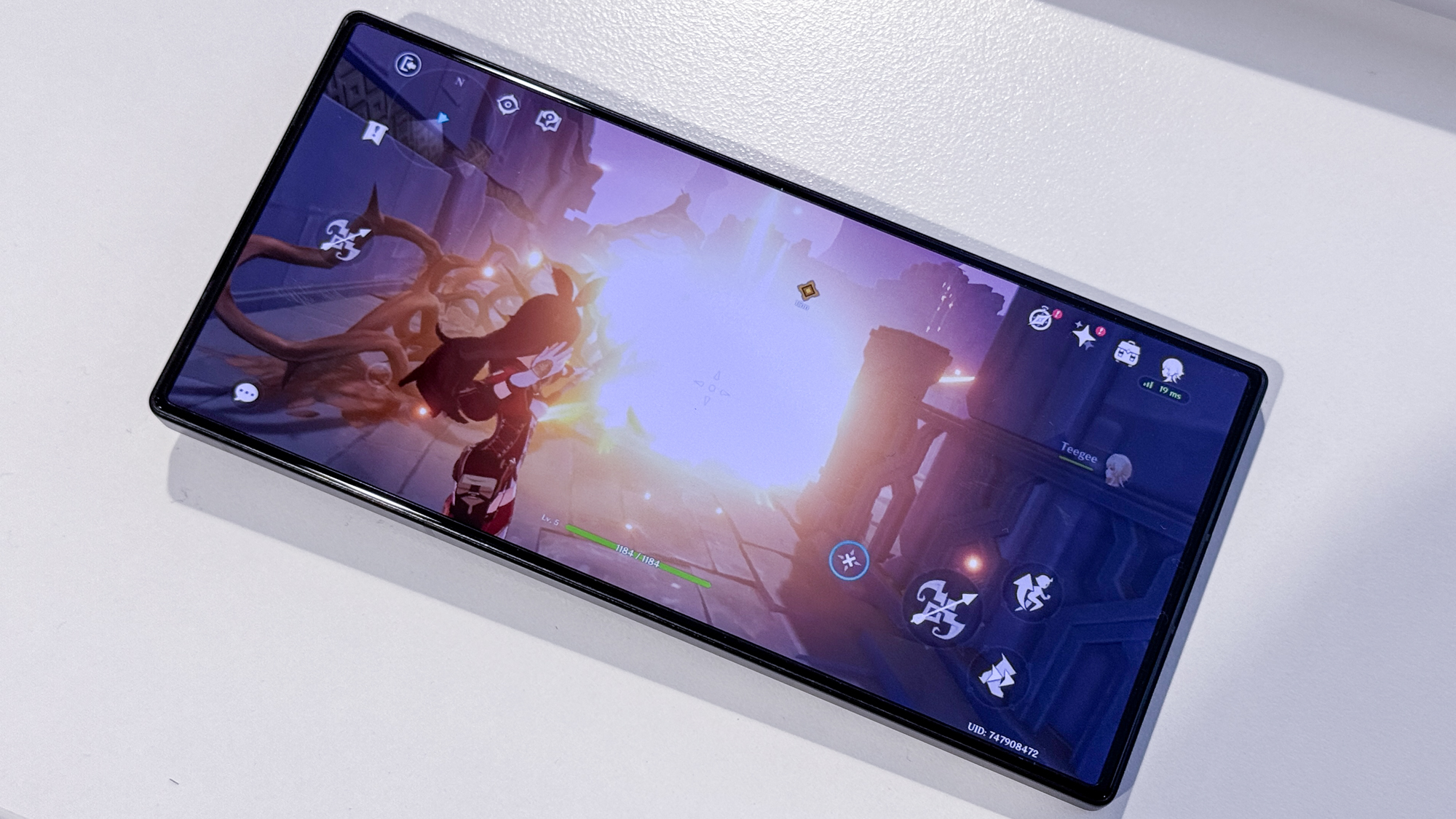
As we mentioned above, you have a choice of 8GB, 12GB or 16GB for RAM in the Z60 Ultra Leading Version, and 256GB, 512GB or 1TB for storage. This ranges from being on par with rival phones to being considerably more, with 8GB/128GB still the default for several phones even in the flagship category.
Nubia Z60 Ultra Leading Version review: battery and charging
Continuing this phone's trend of offering dramatically big specs, the Z60 Ultra Leading Version contains a 6,000 mAh battery. As well as being larger than average, the Z60's battery uses a more advanced silicon-carbon build, rather than the typical lithium-ion found in other phones.
Using our YouTube battery drain test, 3 hours of video playback ate up about 19% of the Nubia Z60 Ultra Leading Version's battery. That beats the similarly-sized Galaxy S24 Ultra's 21%, and narrowly loses to the OnePlus 12's 18%, although with a 20% larger battery than both of these phones, the Z60 appears to be less efficient with its more spacious power cell.
There's an 80W charger in the box, and this is the best way to charge the phone. In our testing, this charger could power the phone from empty to 30% full in 15 minutes, 57% in 30 minutes and 100% in 59 minutes. A little on the slow side considering the wattage of the charger, but understandable because of the greater capacity it has to fill.
Nubia Z60 Ultra Leading Version review: software, AI and special features
Android 14, in the guise of MyOS 14.0, runs things on the Nubia Z60 Ultra Leading Version. This is a skin of Android that keeps things fairly simple, allowing you to focus on the hardware over the software.
That's not to say you get nothing in the way of software toys. Nubia's still using the basic Google-supplied AI tools like Magic Editor, plus a lot of behind-the-scenes stuff for its photography. It's nowhere near as sophisticated as the stuff that Google kept for the Pixel 9 series, but they are certainly worthwhile inclusions.
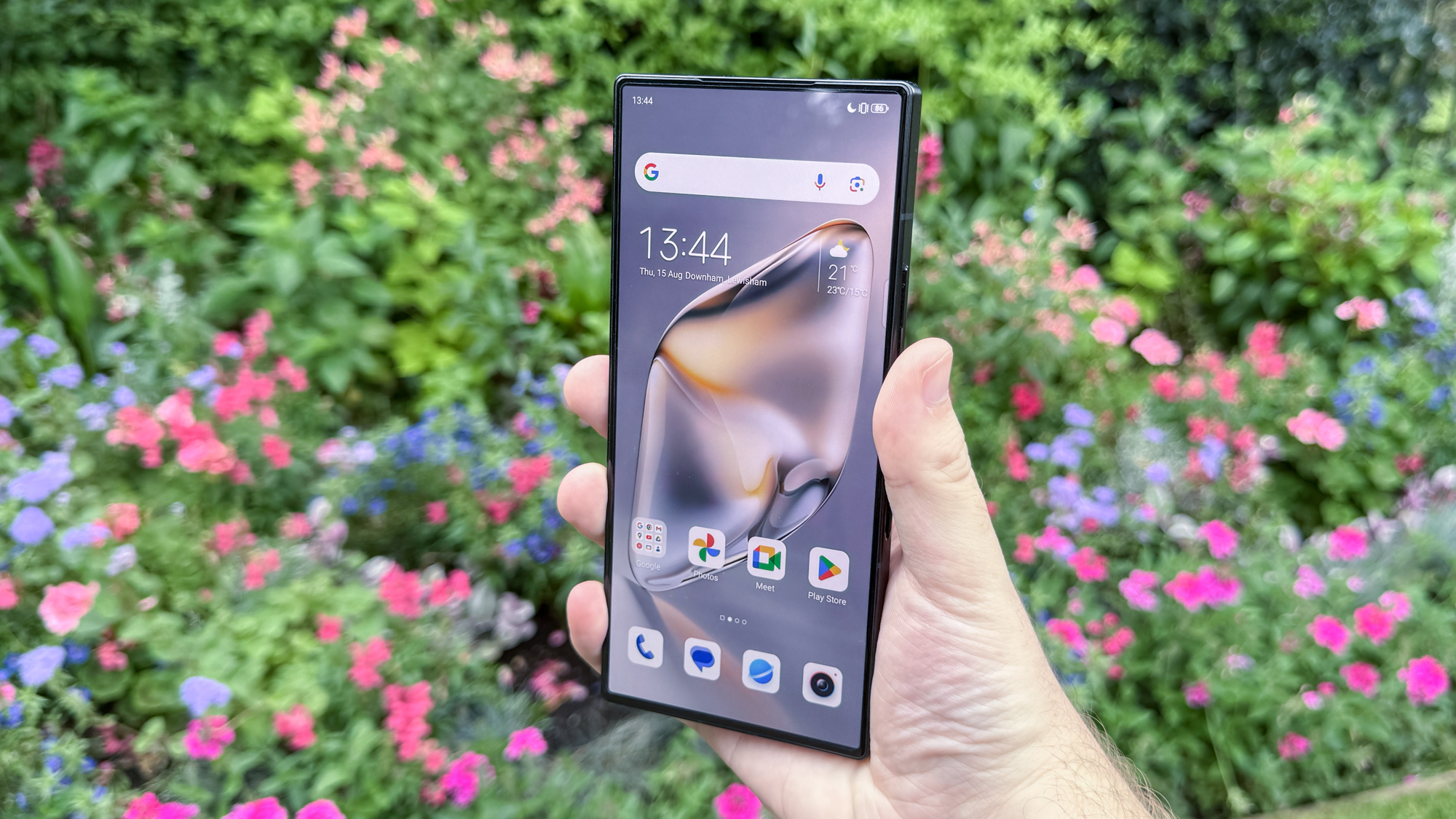
Sadly I can't ignore the Z60's poorly-translated menus and interfaces, a complaint I've made so many times in Nubia, ZTE and RedMagic reviews I can only assume the company has no interest in fixing it.
The menus aren't in complete gibberish English that makes them impossible to navigate, but it gives the phone a rough edge that you wouldn't expect from an Ultra-designated phone, and that you'd never see from a mainstream flagship device.
The Nubia Android update policy offers at least three rounds of full Android upgrades, with no sign of extra years of just security updates. That's quite weak these days, with an equivalent phone from Samsung or Google offering over double that lifespan with their seven-year offers.
Should you buy the Nubia Z60 Ultra Leading Version?
Big specs plus a good price can sometimes make for a great phone, and it certainly gives the Nubia Z60 Ultra Leading Version a high base level of quality. You don't find batteries of this size or camera sensors of this resolution on many phones, let alone for half the price you'd expect.
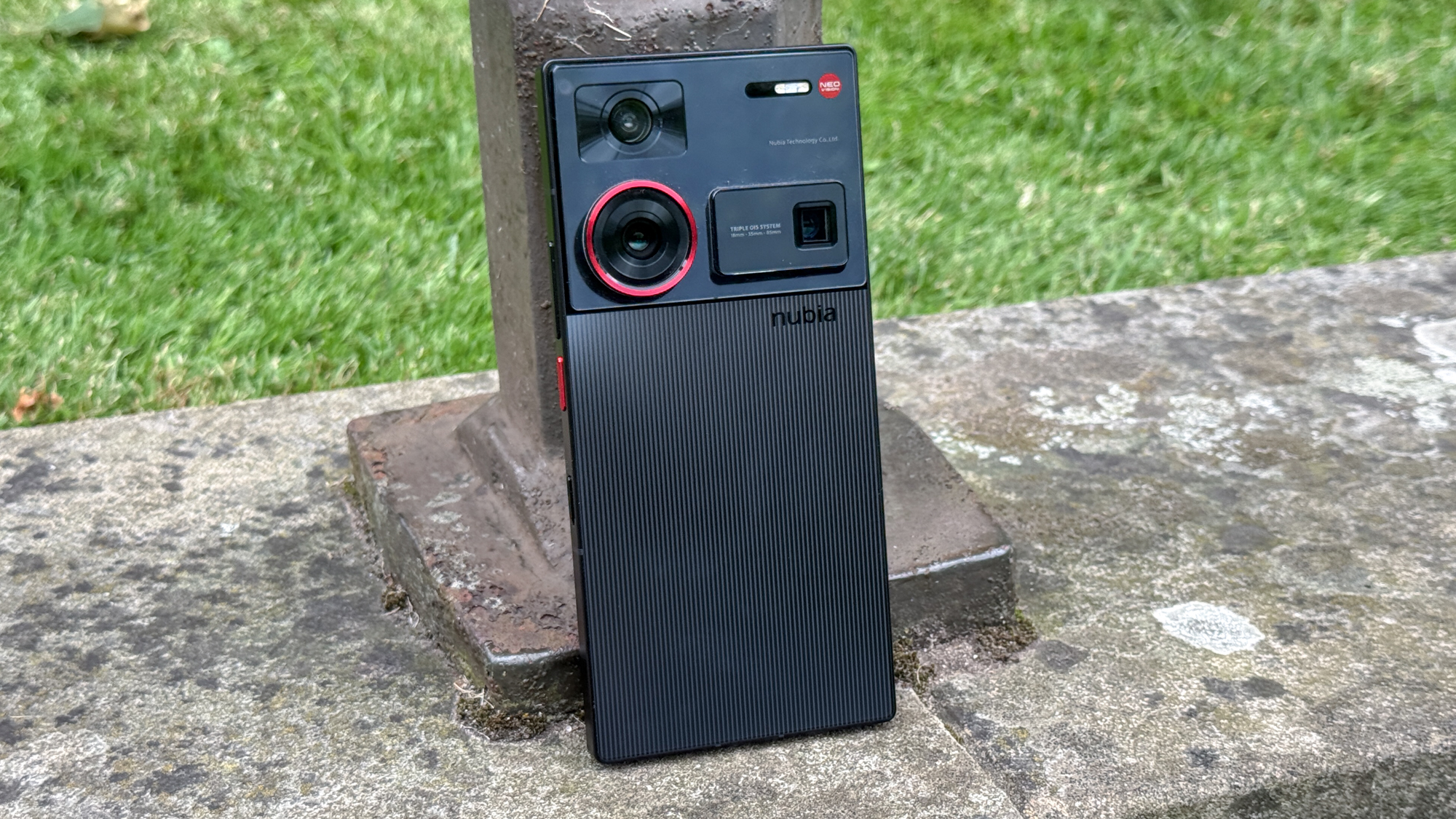
Power and endurance, and to an extent cameras, are the highlights of the Z60 Ultra Leading Version. So if a toybox of AI features, overall photo consistency or software update schedules are at all on your radar, then check out the Google Pixel 9 or Samsung Galaxy S24 Ultra first, and perhaps the OnePlus 12 if you want to find a middle ground between value and features.
Perhaps if Nubia had been willing to upgrade more elements of the Z60 Ultra Leading Version, it would have stood more of a chance against the best in the business. But as it stands, it'll have to settle for being trapped in the middle of the flagship phone pack, rather than leading it.

Richard is based in London, covering news, reviews and how-tos for phones, tablets, gaming, and whatever else people need advice on. Following on from his MA in Magazine Journalism at the University of Sheffield, he's also written for WIRED U.K., The Register and Creative Bloq. When not at work, he's likely thinking about how to brew the perfect cup of specialty coffee.
-
Xander76 Sorry but its not true what you say😠.Reply
I have this device about 1 month.In this time i received 5 updates(with restart) , this is not a software undercooked and it is up to date very serious. In fact MyOs14 runs amazing, not even one bug, error or slip, Android 14, last massive update 1oct2024.Every and any app runs smooth, everything runs like a charm, games and all app from google, pay,maps,all.
And ZTE says that will be 3 years of updates, so why this hate to write something its not true about software?
About photos...Week colors? Really? Of course, maybe the clarity and details are not like S24U, although...No way!
Indeed selfie camera its poor...but not use this, i'm not a selfie man 😏 still, i'm so happy to not see the black point spot of selfie cam! A full display without ⚫a big black hole ⚫🤪Amazing!
Battery...its a alien work!3 Days! 3 days with active data internet, some short calls, made a few photos,sometime a surveillance app camera to check...normal use, 3 days!Last year, with S23U i succeeded 2days but with this 6000mAh 🔋🥹
So, this Nubia Z60UL are sooo great and i'm sooo glad i choose 😍
